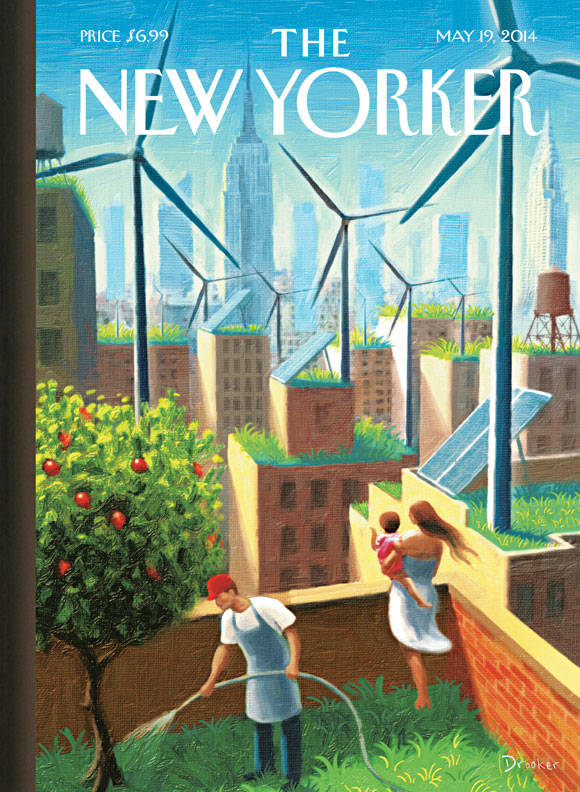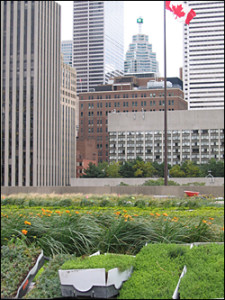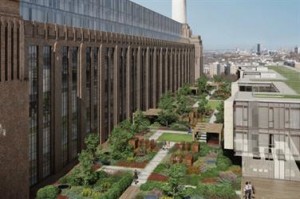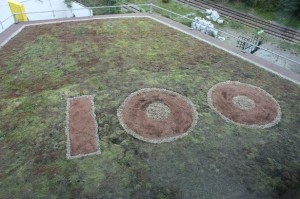by JULIE LASKY, The New York Times, July 2, 2014
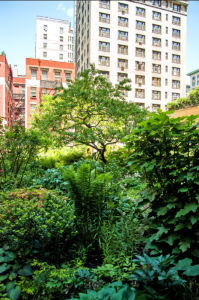
The Lotus Garden
Photo: Randy Harris for The New York Times
Source: www.nytimes.com
For five years now, I have been tending a plot — cultivating hostas, lilies and astilbes, gently trying to persuade a hydrangea bush not to depart this earth — in the Lotus Garden, a community garden on West 97th Street between Broadway and West End Avenue.
The Lotus Garden is one of the most lush and tranquil spots in New York, but if you’ve never heard of it, you are far from alone. While a sign on an iron gate plainly marks the entrance, all that is visible through the bars is a flight of concrete stairs leading to the roof of a parking garage.
But should you be inclined to mount those steps — an opportunity the public has every Sunday from April to November, between 1 and 4 p.m. — you would find a sixth of an acre supporting mature trees, shrubs and serpentine paths curving around clumps of fragrant plantings maintained by 30 gardeners of various ages and experience levels.
There are also vines, bits of statuary, conversational seating clusters, a quaintly decomposing toolshed and a pair of goldfish ponds that gave the garden its name. It appears that a man from Manchuria who had been growing lotuses in tubs in his New York living room showed up one day around the time the garden was being installed three decades ago and asked if he could park them in the new ponds while the weather was warm.
Yes, three decades: that’s how long it has sat on its rooftop, hemmed in by buildings, like a miniature High Line without tourist swarms. And then there is the extraordinary way it came to be.
As recounted by Jeffrey Kindley, a Lotus gardener who shares a plot with his wife, Louise, and is compiling the garden’s history to commemorate its 30th anniversary this fall, the origins date from the late 1970s. At that time, Broadway between West 96th and West 97th Streets was a study in blight, having been stripped of a pair of historic theaters, the Riverside and the Riviera. The buildings had survived the death of vaudeville but not the city’s recent financial crisis. […]
